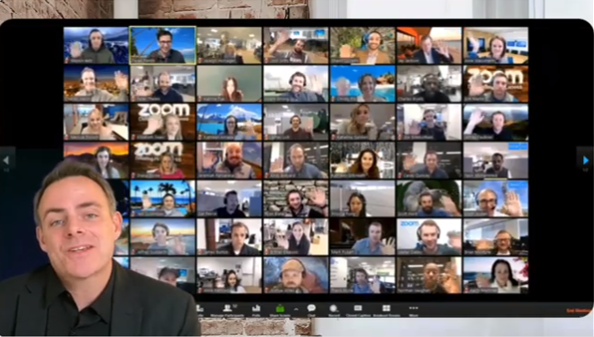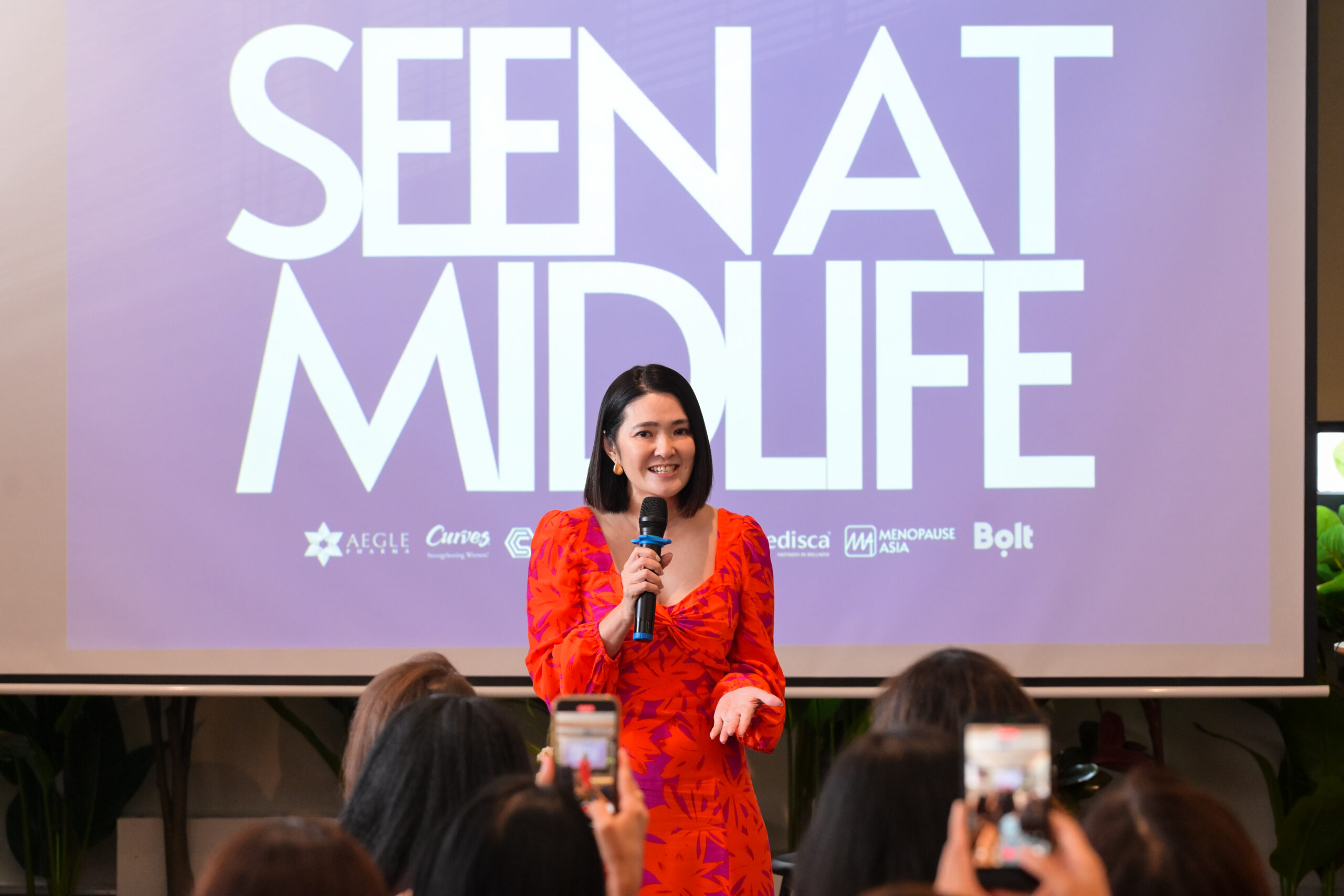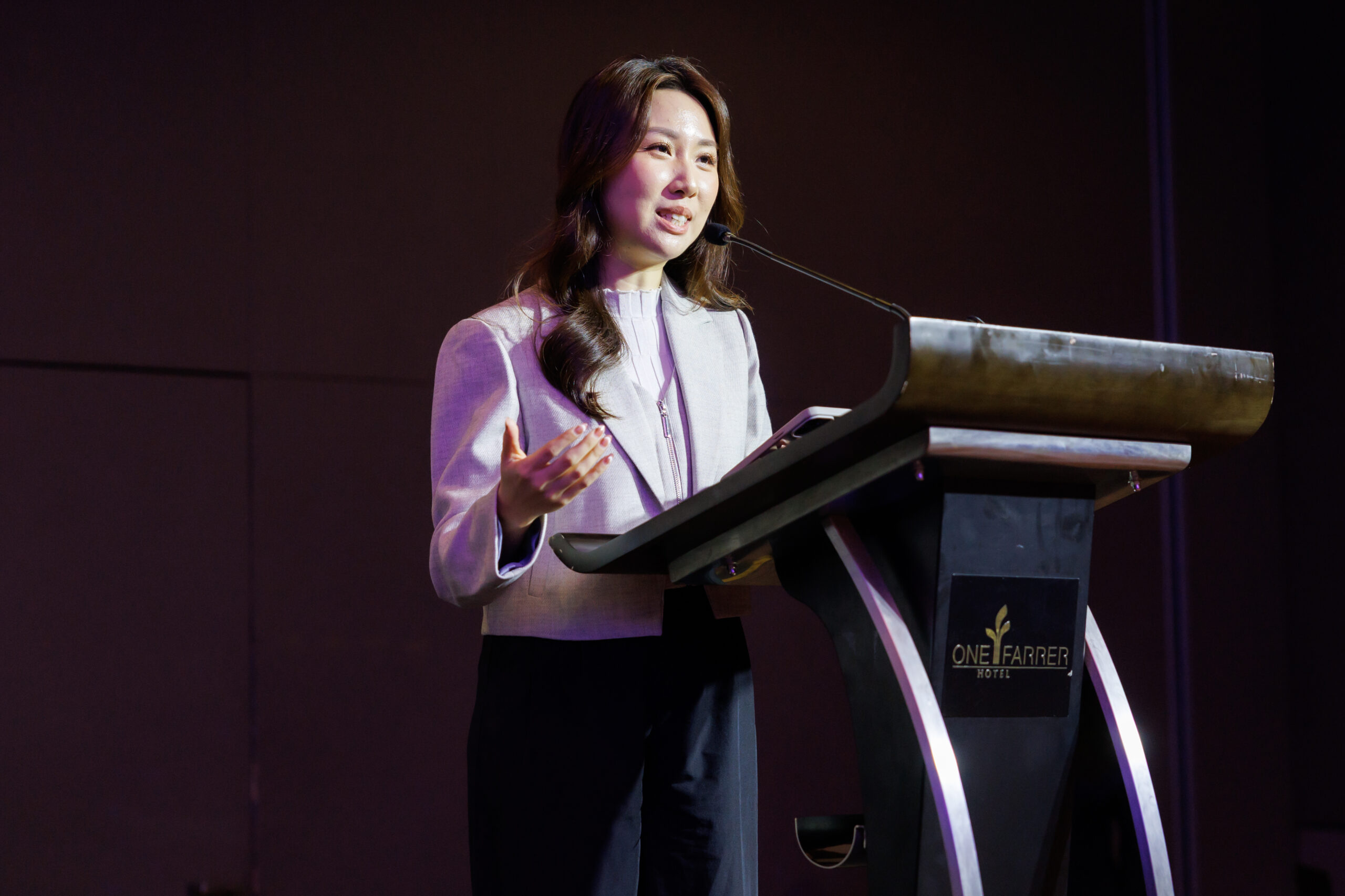Redefining HR by creating new employee experiences
- Shawn Liew

The pandemic was probably the biggest catalyst for workplaces to shift from silo-ed blackbox practices of the past to open-sourced practices of the future, said Lars Schmidt, Author, Founder of Amplify and Redefining HR Accelerator.
In his keynote address to kick off Day 2 of HR Tech Festival Asia Online 2021, Schmidt explained why the redefining of HR involves building agile practices that can adopt and evolve, and shedding practices that no longer serve while embracing more inclusive data-driven practices.
To usher in a new era of HR, he advocated for the shift from legacy mindsets to modern mindsets. Instead of command and control, organisations should decentralise and empower employees through the creation of policies that allow them to lead.
Expand diversity to include equity and inclusion, so that a space can be created where all employees feel welcomed, respected, and can thrive, and instead of the traditional data and reporting approach, adopt analytics and insights more widely, Schmidt urged.
He also encouraged continuous learning, where opportunities are created for on-the-go, in-the-moment and just-in-time learning when employees need it. Schmidt also believes that annual reviews are no longer effective; instead, organisations should engage in agile reviews that can take place at any time.
69% of companies globally report talent shortages even as the pandemic continues to reshape in-demand skills, Nela Richardson, Chief Economist, ADP, shared. Drawing on findings from the ADP Research Institute, she highlighted how this is driving the biggest workforce shift and reallocation of skills since the second World War.
As technology disruption accelerates, employers are looking for the right blend of technical skills and human strengths. To keep pace, by 2025, the average worker in six APAC countries will need to gain seven digital skills, and the number of workers requiring such skills will grow over five-fold.
For organisations deciding whether employees return on-site, stay remote or implement a hybrid model of both, the top priority needs to be around employees’ mental health and wellness, Richardson emphasised.
At Malaysian telecommunications company Maxis, there is an on-going effort to understand the values and motivators of all generations of employees, including Gen Z workers, who seek a sense of belonging, revealed Natalia Navin, Chief Human Resources Officer, Maxis.
To allow Gen Z employees to build relationships and network during the current WFH arrangements, Maxis introduced young talent engagement sessions and events to help facilitate a sense of community, Navin shared.
Joining her at the panel discussion was Yvonne Teo, Vice President, Human Resources, Asia Pacific, ADP, who emphasised the importance of avoiding stereotyping when dealing with a multi-generational workforce. ADP tailors their communication approach to ensure that they can engage with all employees, while not overlooking the similarities that exist among different age groups.
The panel discussion was moderated by Rachele Forcardi, Global Thought Leader, Author and Founder of XYZ@Work.
Most companies wind up spending a lot of time and money selecting the wrong HR solutions for their organisation, Stephen Roche, CEO of Cloud Services Solutions, cautioned. As an Enterprise Resource Planning (ERP) expert with over 20 years of consulting with global organisations, Roche shared some top tips on determining the right ERP software that can be help reduce the implementation and migration time to cloud, as well as eliminate triage problems with existing ERP implementations.
Highlighting the importance of employee experience (EX) today, Gurinder Singh, Head of Solutions Advisory, Ceridian, shared how 72% of respondents to a new Ceridian survey said improving EX in their organisations is “high priority” or “essential.”
With the pandemic having accelerated digital transformation and EX tech investment, organisations are now more equipped to attract, engage, and retain their people, Singh said. He identified some of the current EX tools available to global employers, including collaboration tools for remote employees; continuous listening/feedback platforms/self-service portals; and digital onboarding.
Moving forward, they also plan to acquire additional EX tools in the shape of: On-demand or earned wage early access solutions; AI-driven skills matching; and career management/pathing, Singh added.
In explaining how organisations can implement effective recognition strategies, Emma Harvie, Head of Client Services, Achievers APAC, recommended starting by executing a continuous communication and education plan. Then, decouple “rewards” from “recognition” by focusing on non-monetary peer recognition, such as social and peer-to-peer recognition.
Next, measure metrics that matter, including manager involvement. According to Harvie, organisations where managers more frequently recognise employees see up to 40% less turnover. Lastly, embed recognition into the flow of work and leverage recognition as a culture hub by understanding that one of the most effective ways to make an organisation’s values real is through peer level, values-based recognition, she concluded.
READ: HR driving transformation of future-ready workforce
The pandemic has accelerated people risks to the top of the pedometer for risk managers, and in Asia, it has never been more urgent to tackle people-risk, said Joan Collar, Asia and Pacific Regional Leader, Mercer Marsh Benefits.
Drawing on a survey conducted as part of Mercer Marsh Benefits’ The Five Pillars of People Risk report, Collar identified three critical risks: non-communicable health, deteriorating mental health and workforce exhaustion.
To manage these risks, organisations should review current benefits and use design thinking to better understand employee experience and design data-driven solutions, benchmarking them against industry peers, she advised.
Talent shortage, border restrictions and the desire for flexibility are intensifying the war for talent, according to Charles Ferguson, General Manager of Asia Pacific, Globalization Partners.
In turn, many organisations are turning to remote hiring because of factors such as a limitless talent pool, cost savings, the acceptance of diversity as a business positive, the ability to enter new markets with local know-how, increased loyalty among employees and increased productivity.
For organisations facing challenges such as onboarding talent from afar or managing compliance on a global scale, Ferguson also recommended Globlization’s Partners’ Global Employment Platform to build and manage global remote teams.
It is time for HR to adopt an entrepreneurial mindset, declared Anthony Smith, Chief Human Resources Officer, Elements Global Services.
What strategies are you inviting to the table to ensure you understand your business needs, he urged organisations to ask themselves. Then, relook how HR budgets are allocated and manage innovation risk like a trader or venture capitalist and ask these questions: What seed money do you have for investment and how are you setting up for non-linear returns?
Organisations also need to protect their investment by building business networks and access their risk tolerance, Smith added.
As a statutory board under Singapore’s Ministry of Manpower, Workforce Singapore (WSG) has been overseeing the transformation of Singapore’s workforce. For instance, WSG’s Design Thinking Business Transformation Programme (DTBTP) allows companies to use a human-centric approach to understand employees’ needs and transform HR functions, Stephanie Sng, Manager, Creative & Professional Services Division, WSG, shared.
DTBTP helps to improve productivity of HR staff and enhanced employee experience through the streamlining of HR admin functions through Robotic Process Automation (RPA) or tapping on HR technology – for instance, HR chat bots can be used for onboarding and L&D needs.
The value in strategic HR can be viewed from a pyramidical perspective, said Jon Ingham, Director, Strategic HR Academy. This begins with creating value for money through administering HR operations and ensuring efficiency through outsourcing.
Then add value by focusing HR on business strategies and ensuring effectiveness and alignment. The most important element, however, is creating value thorough the creation of people-based strategies that focuses outcomes on the people and organisation, Ingham highlighted.
The EX strategies developed by people-centric HR, he added, should apply personalisation in understanding that people have different needs, demands and perspectives. HR needs to help employees achieve their own desired individual outcomes and discover new ways of motivating employees and help them motivate themselves. “Help your people develop and progress in their careers. Identify personal drivers help them to achieve what they want in their life through their work,” Ingham concluded.
HR Tech Festival Asia Online 2021 concludes Thursday, September 23, and will highlight the ASEAN Future of Work conference track. Click here to register for HR Tech Festival Asia Online 2021 and don’t miss your only opportunity this season to be part of a regional event which delves into in-depth discussions across key workforce issues such leadership, culture, technology and employee experience.






